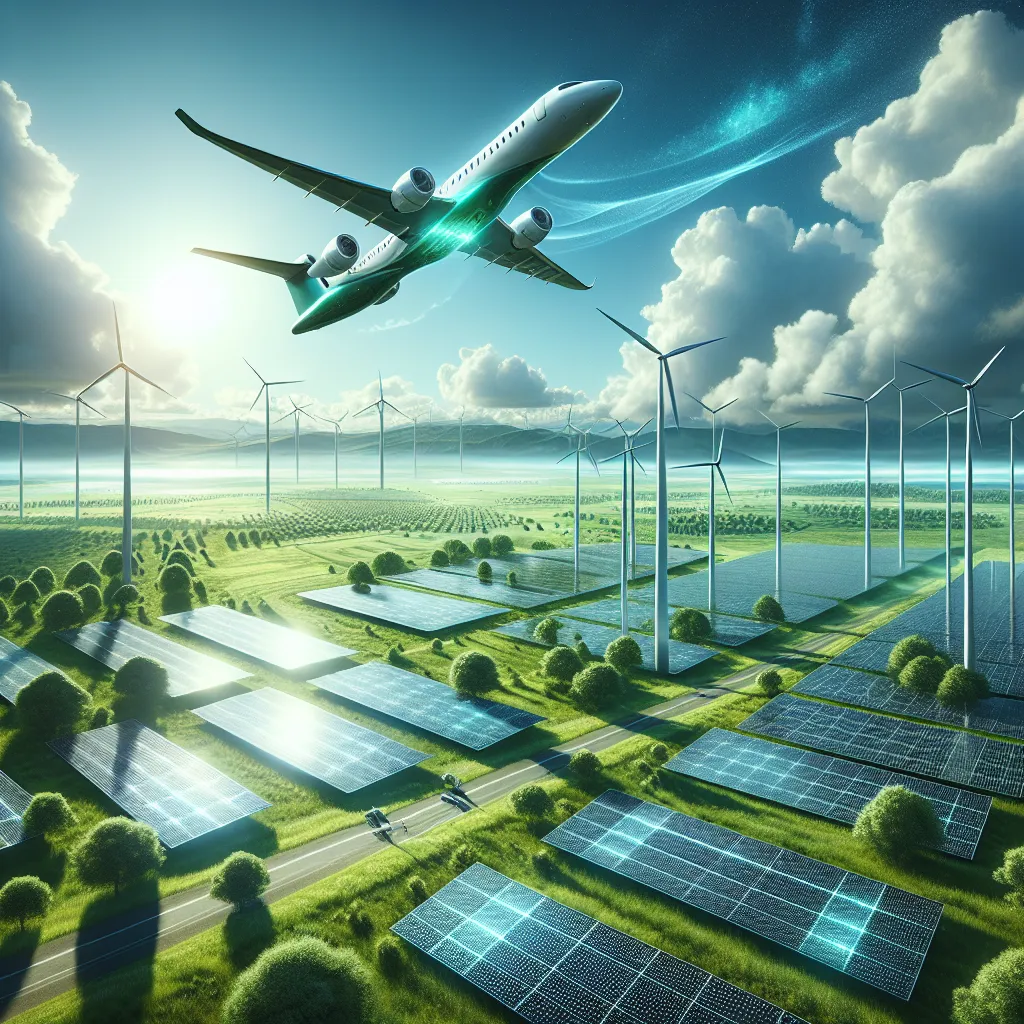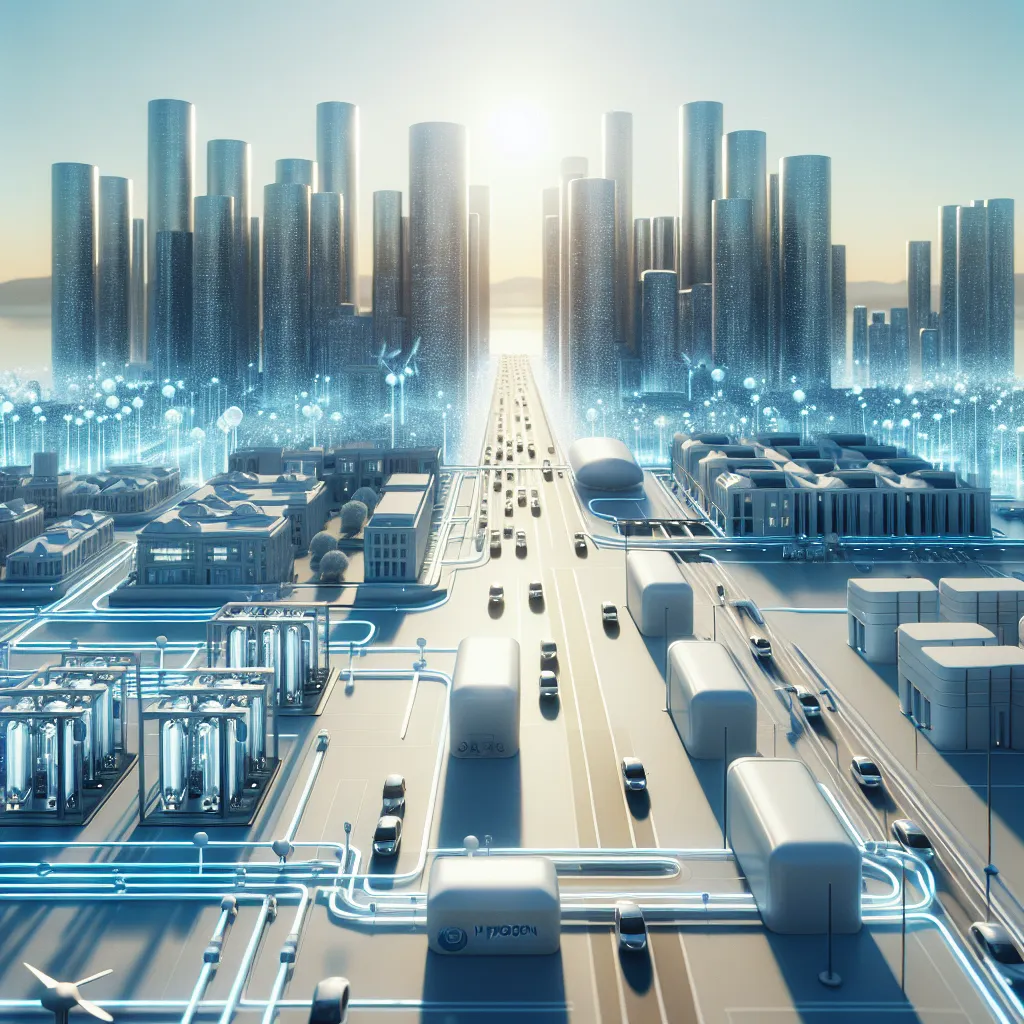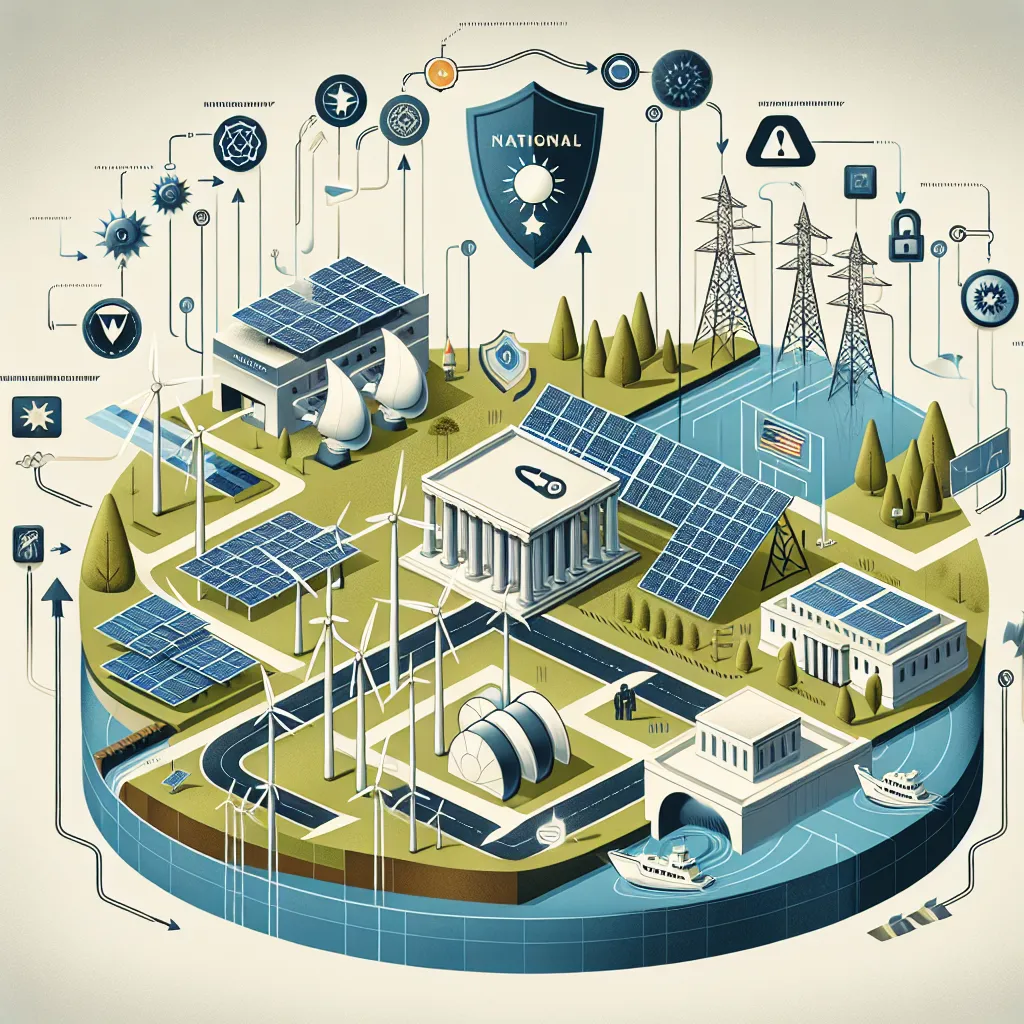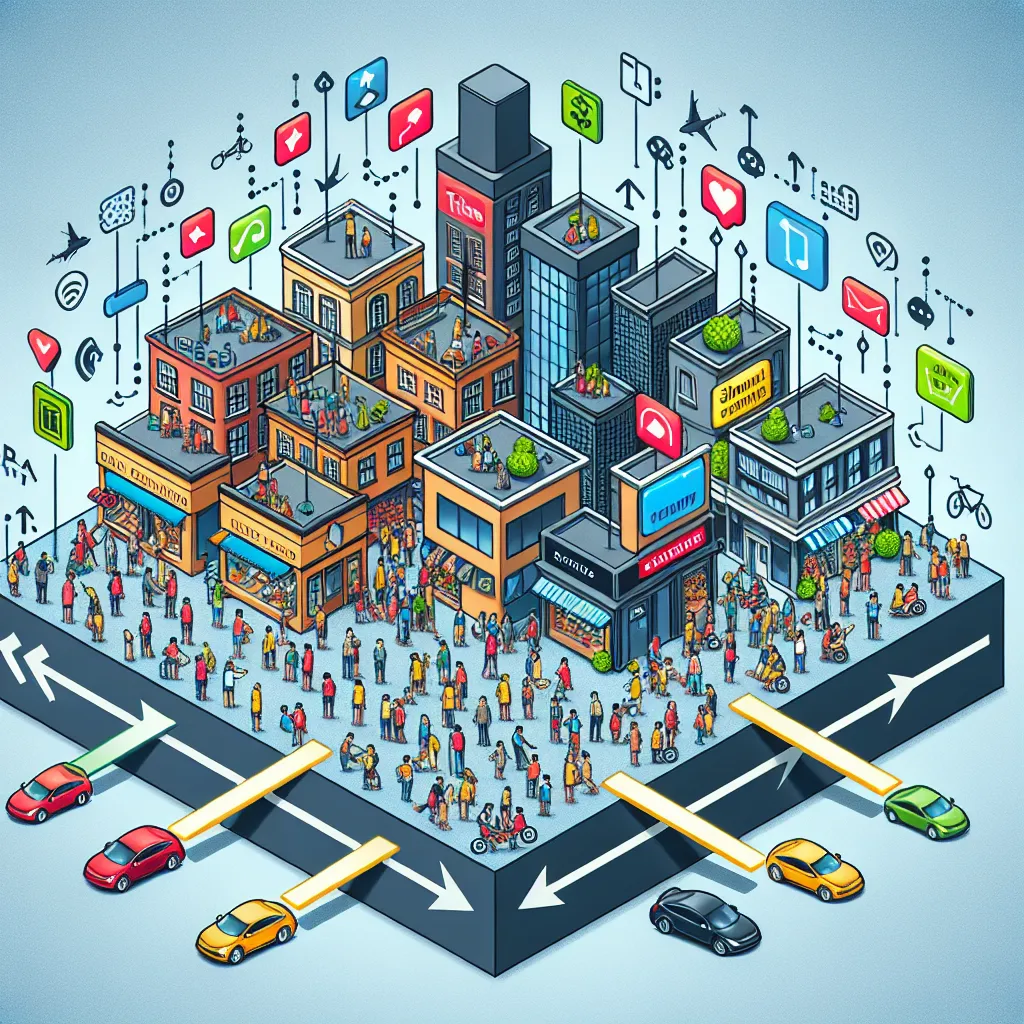As climate change continues to be a pressing global issue, the aviation industry is exploring innovative solutions to reduce its carbon footprint. One of the most promising developments in this field is electric aviation. This IELTS Reading practice test focuses on the role of electric aviation in reducing carbon emissions, providing you with an opportunity to enhance your reading skills while learning about this cutting-edge technology.
Table Of Contents
- IELTS Reading Practice Test
- Passage 1 – Easy Text
- The Promise of Electric Aviation
- Questions 1-5
- Questions 6-10
- Passage 2 – Medium Text
- Overcoming Challenges in Electric Aviation
- Questions 11-14
- Questions 15-19
- Passage 3 – Hard Text
- The Transformative Potential of Electric Aviation
- Questions 20-23
- Questions 24-26
- Questions 27-30
- Answer Key
- Passage 1
- Passage 2
- Passage 3
- Tips for IELTS Reading Success
 Electric Aviation Concept
Electric Aviation Concept
IELTS Reading Practice Test
Passage 1 – Easy Text
The Promise of Electric Aviation
Electric aviation is emerging as a potential game-changer in the fight against climate change. As the world grapples with the urgent need to reduce greenhouse gas emissions, the aviation industry, which contributes significantly to global carbon dioxide emissions, is under pressure to find sustainable alternatives. Electric aircraft, powered by rechargeable batteries rather than conventional jet fuel, offer a promising solution to this challenge.
The concept of electric aviation is not new, but recent technological advancements have brought it closer to reality. Lithium-ion batteries, similar to those used in electric cars, are becoming more efficient and lighter, making them increasingly viable for use in aircraft. These batteries power electric motors, which drive the aircraft’s propellers or fans, resulting in zero direct emissions during flight.
One of the main advantages of electric aircraft is their potential to drastically reduce carbon emissions. While the electricity used to charge the batteries may still come from fossil fuel sources in some cases, the overall carbon footprint of electric aircraft is significantly lower than that of conventional planes. Moreover, as renewable energy sources become more prevalent in the power grid, the environmental benefits of electric aviation will only increase.
Electric aircraft also offer other advantages beyond environmental benefits. They are generally quieter than traditional aircraft, which could help reduce noise pollution around airports. Additionally, they have fewer moving parts than conventional planes, potentially leading to lower maintenance costs and improved reliability.
However, challenges remain in the development of electric aviation. Current battery technology limits the range and payload capacity of electric aircraft, making them more suitable for short-haul flights at present. Research and development efforts are ongoing to improve battery energy density and reduce weight, which will be crucial for expanding the capabilities of electric aircraft.
Despite these challenges, many experts believe that electric aviation could play a significant role in the future of air travel, particularly for regional and short-haul flights. As technology continues to advance and the urgency to address climate change grows, electric aircraft may become an increasingly common sight in our skies, contributing to a more sustainable future for aviation.
Questions 1-5
Do the following statements agree with the information given in the reading passage?
Write
TRUE if the statement agrees with the information
FALSE if the statement contradicts the information
NOT GIVEN if there is no information on this
- Electric aircraft use rechargeable batteries instead of conventional jet fuel.
- The concept of electric aviation is a recent development.
- Electric aircraft produce zero emissions during flight.
- Electric aircraft are generally noisier than traditional aircraft.
- Current battery technology limits electric aircraft to long-haul flights.
Questions 6-10
Complete the summary below.
Choose NO MORE THAN TWO WORDS from the passage for each answer.
Electric aviation offers a promising solution to reduce the aviation industry’s (6)__ . Electric aircraft are powered by (7)__ , which drive the aircraft’s propellers or fans. This results in zero direct emissions during flight. As (8)__ become more common in the power grid, the environmental benefits of electric aviation will increase. Electric aircraft are also quieter and have fewer moving parts, potentially leading to lower (9)__ . However, current battery technology limits the (10)__ of electric aircraft, making them more suitable for short-haul flights at present.
Passage 2 – Medium Text
Overcoming Challenges in Electric Aviation
The aviation industry’s pursuit of electric flight represents a significant leap towards sustainable air travel. However, the path to widespread adoption of electric aircraft is fraught with technical and logistical hurdles that researchers and engineers are working tirelessly to overcome. These challenges range from battery limitations to infrastructure requirements, each demanding innovative solutions to make electric aviation a viable alternative to conventional air transport.
One of the primary obstacles facing electric aviation is the energy density of batteries. Current lithium-ion batteries, while continually improving, still lag far behind the energy content of jet fuel in terms of weight. This limitation severely restricts the range and payload capacity of electric aircraft, confining their potential use to short-haul flights. For electric aviation to compete with traditional aircraft on longer routes, significant advancements in battery technology are essential. Researchers are exploring various avenues, including solid-state batteries and novel chemical compositions, to increase energy density while maintaining safety standards.
Another critical challenge is the charging infrastructure required to support a fleet of electric aircraft. Unlike conventional planes that can be quickly refueled, electric aircraft require substantial time to recharge their batteries. This necessitates the development of high-power charging stations at airports, capable of rapidly replenishing aircraft batteries without causing significant delays to flight schedules. Moreover, the electrical grid infrastructure at and around airports may need substantial upgrades to handle the increased power demand from charging electric aircraft.
The weight of batteries presents another significant hurdle. While electric motors are generally lighter and more efficient than jet engines, the weight of the batteries required for meaningful flight durations offsets this advantage. Engineers are tackling this issue through various approaches, including the use of lightweight composite materials in aircraft construction and the optimization of aircraft design to maximize aerodynamic efficiency.
Regulatory frameworks also need to evolve to accommodate electric aviation. Current aviation regulations are primarily designed for conventional aircraft, and new standards must be developed to ensure the safety and reliability of electric aircraft. This includes certification processes for new technologies, as well as guidelines for maintenance and operation of electric propulsion systems.
Despite these challenges, the potential benefits of electric aviation continue to drive innovation in the field. Reduced operating costs, lower noise pollution, and significant reductions in carbon emissions make electric aircraft an attractive prospect for both airlines and environmental advocates. As technology progresses and solutions to current limitations emerge, electric aviation is poised to play an increasingly important role in the future of air travel, particularly in the short to medium-haul segment of the market.
The transition to electric aviation will likely be gradual, with hybrid-electric aircraft serving as an intermediary step. These aircraft, which combine conventional engines with electric propulsion, can leverage the benefits of both technologies while mitigating some of the current limitations of fully electric systems. This phased approach allows for the progressive development and integration of electric aviation technologies, paving the way for a more sustainable future in air transport.
Questions 11-14
Choose the correct letter, A, B, C, or D.
-
What is described as the primary obstacle facing electric aviation?
A) Regulatory frameworks
B) Charging infrastructure
C) Energy density of batteries
D) Weight of electric motors -
According to the passage, what is needed to support a fleet of electric aircraft?
A) Larger fuel tanks
B) High-power charging stations
C) More efficient jet engines
D) Lighter composite materials -
Which of the following is NOT mentioned as a challenge for electric aviation?
A) Battery weight
B) Charging time
C) Pilot training
D) Regulatory adaptation -
What approach is suggested as an intermediary step in the transition to electric aviation?
A) Developing new jet fuel formulas
B) Increasing the use of biofuels
C) Implementing hybrid-electric aircraft
D) Focusing solely on short-haul flights
Questions 15-19
Complete the sentences below.
Choose NO MORE THAN THREE WORDS from the passage for each answer.
-
The energy content of current batteries is far lower than that of __ in terms of weight.
-
To compete with traditional aircraft on longer routes, electric aviation requires __ in battery technology.
-
The development of electric aircraft necessitates upgrades to the __ at and around airports.
-
Engineers are using __ in aircraft construction to address the weight issue of batteries.
-
Electric aviation offers the potential benefits of reduced operating costs, lower noise pollution, and significant reductions in __.
Passage 3 – Hard Text
The Transformative Potential of Electric Aviation
The advent of electric aviation represents a paradigm shift in the aerospace industry, offering a promising pathway to mitigate the environmental impact of air travel while potentially revolutionizing the economics and logistics of flight. As the global community grapples with the existential threat of climate change, the aviation sector—historically a significant contributor to greenhouse gas emissions—finds itself at a critical juncture. The emergence of electric propulsion technologies in aviation not only addresses the pressing need for decarbonization but also heralds a new era of innovation that could fundamentally alter the landscape of air transport.
The technological underpinnings of electric aviation are rooted in the rapid advancements in battery technology, electric motors, and power electronics. The convergence of these technologies has enabled the development of aircraft that can operate with zero direct emissions, substantially reduced noise levels, and potentially lower operating costs. However, the realization of these benefits on a commercial scale faces formidable challenges, primarily due to the current limitations in battery energy density and the consequent constraints on aircraft range and payload capacity.
Notwithstanding these obstacles, the potential of electric aviation to transform short-haul and regional air travel is particularly compelling. In these segments, the limitations of current battery technology are less prohibitive, and the environmental benefits are most pronounced. The reduced noise footprint of electric aircraft could facilitate the expansion of operations at airports with strict noise regulations, potentially increasing air service to smaller communities. Moreover, the simplicity and reliability of electric propulsion systems promise to reduce maintenance costs and improve aircraft utilization, factors that could significantly enhance the economics of regional air transport.
The integration of electric aviation into the existing air transport system presents a complex set of challenges that extend beyond the realm of technology. The widespread adoption of electric aircraft will necessitate substantial investments in charging infrastructure at airports, modifications to air traffic management systems to accommodate the unique performance characteristics of electric aircraft, and the development of new regulatory frameworks to ensure safety and reliability. Furthermore, the transition to electric aviation may have profound implications for airline business models, potentially enabling new entrants to challenge incumbent carriers with innovative service offerings tailored to the capabilities of electric aircraft.
The environmental implications of electric aviation are multifaceted and require careful consideration. While the direct emissions from electric aircraft are negligible, the overall environmental impact depends critically on the sources of electricity used for charging. The transition to electric aviation must therefore be coupled with a concomitant shift towards renewable energy sources in the broader economy to fully realize its potential for emissions reduction. Additionally, the life-cycle environmental impacts of battery production and disposal must be carefully managed to ensure that the benefits of electric aviation are not offset by environmental costs elsewhere in the value chain.
The development of electric aviation technologies is occurring within a broader context of innovation in sustainable aviation, including advancements in sustainable aviation fuels (SAF), hydrogen propulsion, and improvements in aircraft aerodynamics and lightweight materials. Each of these approaches offers distinct advantages and faces unique challenges, suggesting that the future of sustainable aviation is likely to involve a diverse mix of technologies tailored to different market segments and operational requirements.
As the aviation industry navigates the transition towards sustainability, electric aviation emerges as a pivotal element in the mosaic of solutions required to address the sector’s environmental challenges. The realization of its full potential will demand sustained investment in research and development, supportive policy frameworks, and close collaboration among stakeholders across the aviation ecosystem. While the path to widespread adoption of electric aircraft is fraught with technical and operational hurdles, the transformative potential of this technology to contribute to a more sustainable and accessible air transport system makes it a compelling area of focus for the industry and policymakers alike.
Questions 20-23
Choose the correct letter, A, B, C, or D.
-
According to the passage, what is the primary driver behind the development of electric aviation?
A) Reducing operating costs for airlines
B) Mitigating the environmental impact of air travel
C) Improving the reliability of aircraft
D) Expanding air service to smaller communities -
Which of the following is NOT mentioned as a potential benefit of electric aviation?
A) Zero direct emissions
B) Reduced noise levels
C) Lower operating costs
D) Increased flight speeds -
What does the passage suggest about the integration of electric aviation into the existing air transport system?
A) It will be a straightforward process
B) It will only require technological changes
C) It presents a complex set of challenges
D) It will be impossible with current infrastructure -
How does the passage characterize the future of sustainable aviation?
A) It will rely solely on electric propulsion
B) It will involve a diverse mix of technologies
C) It will be dominated by sustainable aviation fuels
D) It will focus exclusively on hydrogen propulsion
Questions 24-26
Complete the summary below.
Choose NO MORE THAN TWO WORDS from the passage for each answer.
Electric aviation offers a promising solution to reduce the (24)__ of air travel. The technology is particularly suitable for (25)__ and regional air travel, where current battery limitations are less problematic. However, the widespread adoption of electric aircraft will require significant investments in (26)__ at airports and changes to air traffic management systems.
Questions 27-30
Do the following statements agree with the claims of the writer in the reading passage?
Write
YES if the statement agrees with the claims of the writer
NO if the statement contradicts the claims of the writer
NOT GIVEN if it is impossible to say what the writer thinks about this
- The environmental benefits of electric aviation are guaranteed regardless of the electricity source used for charging.
- The transition to electric aviation may lead to changes in airline business models.
- Sustainable aviation fuels are more promising than electric propulsion for long-haul flights.
- The full potential of electric aviation can only be realized through collaboration among various stakeholders in the aviation industry.
Answer Key
Passage 1
- TRUE
- FALSE
- TRUE
- FALSE
- FALSE
- carbon footprint
- rechargeable batteries
- renewable energy sources
- maintenance costs
- range and payload capacity
Passage 2
- C
- B
- C
- C
- jet fuel
- significant advancements
- electrical grid infrastructure
- lightweight composite materials
- carbon emissions
Passage 3
- B
- D
- C
- B
- environmental impact
- short-haul
- charging infrastructure
- NO
- YES
- NOT GIVEN
- YES
Tips for IELTS Reading Success
-
Time management: Practice completing reading passages within the allotted time. Aim to spend about 20 minutes on each passage.
-
Skimming and scanning: Develop these techniques to quickly locate specific information in the text.
-
Vocabulary building: Regularly learn new words and phrases related to various topics, especially those commonly found in IELTS texts.
-
Practice active reading: Engage with the text by underlining key points and making brief notes.
-
Understand question types: Familiarize yourself with different IELTS question formats and practice strategies for each type.
-
Read the instructions carefully: Ensure you understand what each question is asking before answering.
-
Use context clues: When encountering unfamiliar words, try to deduce their meaning from the surrounding context.
-
Don’t leave any answers blank: If you’re unsure, make an educated guess.
-
Check your answers: If time permits, review your answers for any obvious mistakes.
-
Regular practice: Consistently work on IELTS reading passages to improve your skills and build confidence.
Remember, improving your reading skills takes time and consistent effort. By following these tips and regularly practicing with passages like the one on electric aviation, you’ll be well-prepared for success in the IELTS Reading test.
To further enhance your IELTS preparation, you might find it helpful to explore our articles on how to reduce your carbon footprint in daily life and technological advancements in transportation. These resources can provide additional context and vocabulary related to environmental topics, which are frequently featured in IELTS exams.



